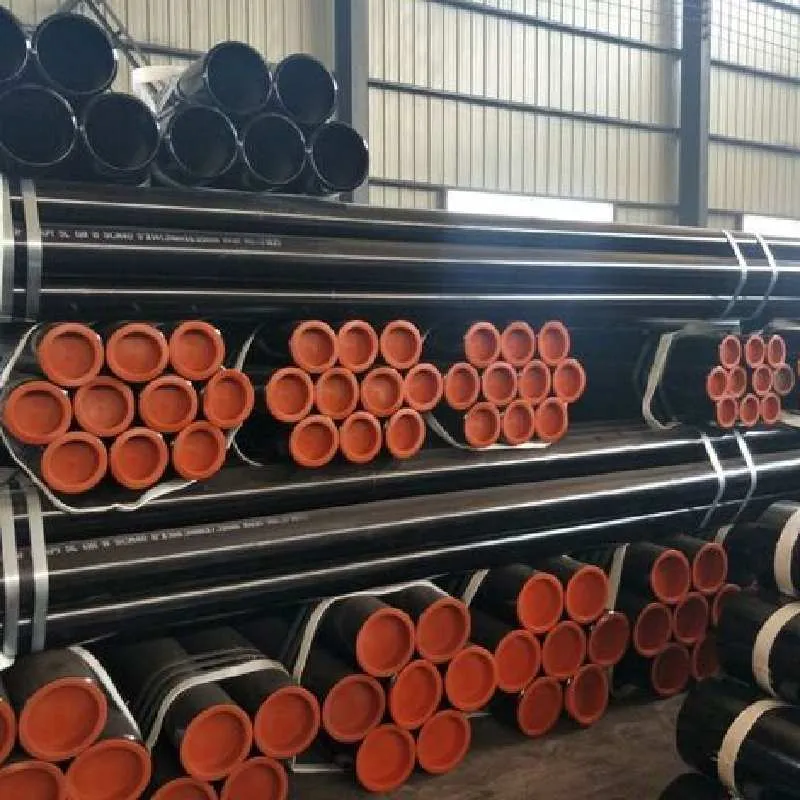-
Cangzhou Yulong Steel Co., Ltd.
-
Phone:
+86 13303177267 -
Email:
admin@ylsteelfittings.com
- English
- Arabic
- Italian
- Spanish
- Portuguese
- German
- kazakh
- Persian
- Greek
- French
- Russian
- Polish
- Thai
- Indonesian
- Vietnamese
- Zulu
- Korean
- Uzbek
- Hindi
- Serbian
- Malay
- Ukrainian
- Gujarati
- Haitian Creole
- hausa
- hawaiian
- Hebrew
- Miao
- Hungarian
- Icelandic
- igbo
- irish
- Japanese
- Javanese
- Kannada
- Khmer
- Rwandese
- Afrikaans
- Albanian
- Amharic
- Armenian
- Azerbaijani
- Basque
- Belarusian
- Bengali
- Bosnian
- Bulgarian
- Catalan
- Cebuano
- China
- China (Taiwan)
- Corsican
- Croatian
- Czech
- Danish
- Esperanto
- Estonian
- Finnish
- Frisian
- Galician
- Georgian
- Kurdish
- Kyrgyz
- Lao
- Latin
- Latvian
- Lithuanian
- Luxembourgish
- Macedonian
- Malgashi
- Malayalam
- Maltese
- Maori
- Marathi
- Mongolian
- Myanmar
- Nepali
- Norwegian
- Norwegian
- Occitan
- Pashto
- Dutch
- Punjabi
- Romanian
- Samoan
- Scottish Gaelic
- Sesotho
- Shona
- Sindhi
- Sinhala
- Slovak
- Slovenian
- Somali
- Sundanese
- Swahili
- Swedish
- Tagalog
- Tajik
- Tamil
- Tatar
- Telugu
- Turkish
- Turkmen
- Urdu
- Uighur
- Welsh
- Bantu
- Yiddish
- Yoruba

Nov . 21, 2024 20:01 Back to list
ansi split flange
Understanding ANSI Split Flanges A Comprehensive Guide
The American National Standards Institute (ANSI) has established a number of standards that govern various aspects of engineering and manufacturing. Among these are the ANSI split flanges, which play a crucial role in piping systems, providing both functionality and versatility. This article explores the features, applications, and advantages of ANSI split flanges, shedding light on why they are essential components in many industries.
What are ANSI Split Flanges?
ANSI split flanges are specialized fittings used to connect pipe segments in fluid and gas transfer applications. Unlike traditional flanges that are solid and bolted in place, split flanges consist of two halves that can be easily assembled and disassembled. This design allows for easier maintenance and repair, as the piping system can be accessed without the need to dismantle significant sections of piping.
The design of ANSI split flanges adheres to specific ANSI standards, ensuring uniformity and compatibility across various systems. These flanges are typically classified by their size, pressure rating, and material, making them suitable for a wide range of applications.
Key Features
1. Ease of Installation One of the primary advantages of ANSI split flanges is their ease of installation. Since they can be split into two halves, these flanges can be fitted onto pipes without needing extensive clearance, which is particularly beneficial in tight spaces.
2. Material Versatility ANSI split flanges are made from various materials, including stainless steel, carbon steel, and plastic, allowing them to withstand different environments and pressures. This versatility makes them suitable for industries such as oil and gas, chemical processing, water treatment, and food and beverage.
3. Pressure Handling ANSI split flanges are designed to handle significant pressure, making them suitable for high-pressure applications. Their construction adheres to strict ANSI ratings, ensuring they meet industry safety standards.
4. Maintenance Friendly The design of split flanges facilitates quick maintenance with minimal disruption to the system. If a section of the piping needs inspection or replacement, only the affected segment can be easily accessed without taking down the entire assembly.
Applications of ANSI Split Flanges
ANSI split flanges find applications across various industries due to their unique features
ansi split flange

- Oil and Gas In the oil and gas industry, where pipelines can run for miles, ease of maintenance and repair is essential. ANSI split flanges allow for quick access to segments of the pipeline for inspection, thereby reducing downtime.
- Chemical Processing The chemical industry often deals with corrosive substances. Using materials like stainless steel for split flanges ensures that they can resist corrosion while maintaining integrity under pressure.
- Water Treatment Water treatment plants require components that can handle prolonged exposure to water and pressure. ANSI split flanges enable seamless connections in water piping systems, ensuring efficient flow and accessibility for maintenance.
- Food and Beverage In the food and beverage industry, hygiene is paramount. Split flanges made from sanitary materials facilitate easy cleaning, which is essential for compliance with health regulations.
Advantages of Using ANSI Split Flanges
The benefits of utilizing ANSI split flanges extend beyond their physical attributes. They can greatly enhance operational efficiency
- Reduced Downtime The ability to access segments of a piping system without extensive disassembly means less downtime when maintenance is required.
- Cost-Effective Although the initial investment for ANSI split flanges might be higher than traditional flanges, the long-term savings from reduced maintenance time and increased durability can make them a cost-effective choice.
- Safety and Compliance By adhering to ANSI standards, these flanges ensure that the piping system meets safety regulations, reducing the risk of failures and accidents.
Conclusion
ANSI split flanges are indispensable components that enhance the functionality of piping systems across multiple industries. Their design promotes ease of installation and maintenance, while their adherence to ANSI standards ensures reliability and safety. As industries continue to seek efficient and durable solutions for fluid transfer, ANSI split flanges stand out as a pragmatic choice, balancing performance with convenience. By understanding their features, applications, and advantages, engineers and project managers can make informed decisions that lead to successful project outcomes.
Latest news
-
ANSI 150P SS304 SO FLANGE
NewsFeb.14,2025
-
ASTM A333GR6 STEEL PIPE
NewsJan.20,2025
-
ANSI B16.5 WELDING NECK FLANGE
NewsJan.15,2026
-
ANSI B16.5 SLIP-ON FLANGE
NewsApr.19,2024
-
SABS 1123 FLANGE
NewsJan.15,2025
-
DIN86044 PLATE FLANGE
NewsApr.19,2024
-
DIN2527 BLIND FLANGE
NewsApr.12,2024
-
JIS B2311 Butt-Welding Fittings LR/SR 45°/90° /180°Seamless/Weld
NewsApr.23,2024











